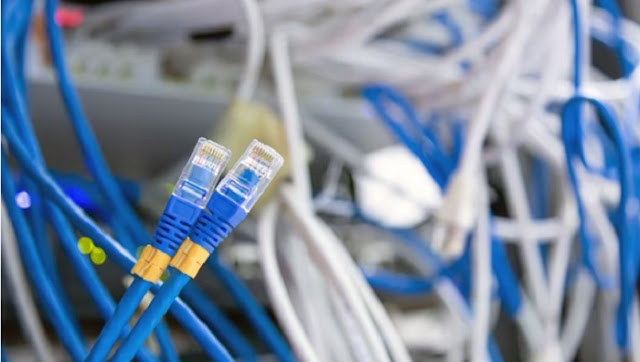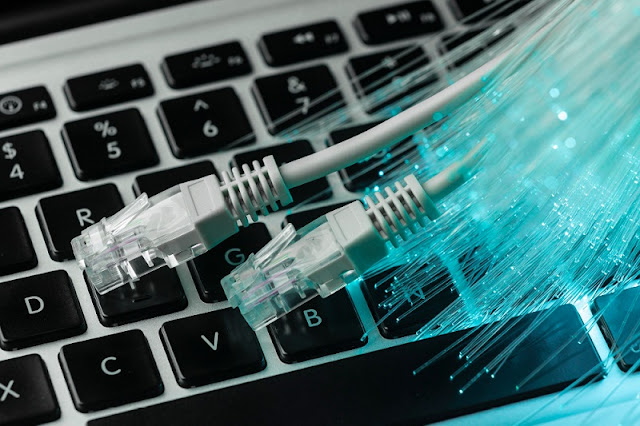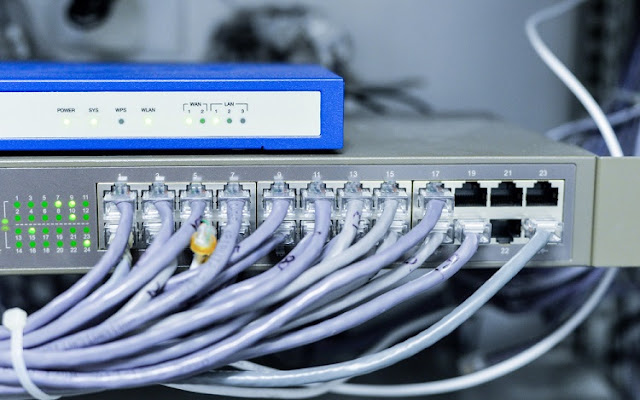Optical
fiber technology has transformed global communication and information access,
revolutionizing various sectors from high-speed internet to cutting-edge
medical procedures. A network
cabling contractor specializes
in designing and implementing structured cabling systems, including fiber optic
installations, to support the seamless operation of digital networks. This read
aims to explore the profound impact of fiber optic technology and its
transformative effects on the world. Let us uncover how fiber optics has
changed the world.
Unveiling the Mechanism of Optical Fibers
Optical
fibers are thin glass or plastic strands that transmit data through light.
Their structure comprises a core made of glass or plastic, surrounded by
cladding with a lower refractive index. Light transmitted through the core
undergoes total internal reflection, enabling it to travel long distances with
minimal loss of intensity.
Accelerated Internet Speeds
Fiber
optic internet offers unparalleled speed and capacity, surpassing traditional
copper cables used in broadband connections. With speeds up to 100 times
faster, users can seamlessly stream high-definition videos, download large
files, and engage in online gaming without interruptions.
Enhanced Global Communication
Fiber
optic cables enable high-fidelity data transmission over long distances,
facilitating real-time connectivity among individuals and businesses worldwide.
This advancement has fostered the development of communication technologies
like video conferencing and Voice over Internet Protocol (VoIP).
Heightened Security
Fiber
optic cables boast superior security features, rendering them immune to
electromagnetic interference. This inherent security makes them ideal for
transmitting sensitive data in the banking and government communications
sectors. Fiber optic cabling
services provide
essential infrastructure for high-speed data transmission, enabling businesses
to harness the benefits of modern connectivity.
Enhanced Energy Efficiency
Fiber
optic technology consumes less energy than traditional copper cables due to its
higher data transmission capacity. This efficiency reduces power consumption,
aligning with sustainability goals in the telecommunications industry.
Streamlined Industrial Automation
Fiber
optic sensors revolutionize industrial automation by enabling precise
measurements and control in manufacturing processes. This advancement enhances
efficiency and productivity across industrial sectors. When disruptions occur,
a cable
repair contractor swiftly
restores connectivity, ensuring minimal downtime and preserving the integrity
of the network infrastructure.
Catalyst for Research Advancements
Fiber
optic technology contributes to research breakthroughs in physics, chemistry,
and biology by facilitating accurate measurements in scientific instruments
like spectrometers. Fiber optic cables play a crucial role in environmental
monitoring systems, detecting changes in temperature, pressure, and other
factors.
Pioneering New Business Opportunities
Fiber
optic technology fuels innovation and creates new market opportunities in
industries like cloud computing and the Internet of Things (IoT). Additionally,
its reliability drives growth in sectors like data centers and disaster
recovery services.
Wrapping up
Fiber
optic technology has reshaped the world, empowering industries, advancing
research, and connecting communities globally. Its transformative effects
continue to shape the trajectory of technological innovation, heralding a
future defined by unparalleled connectivity and efficiency.




